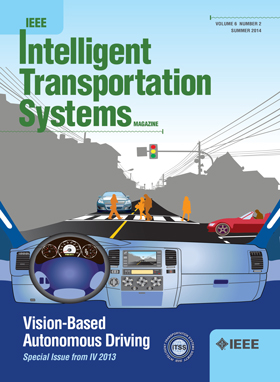Federated Transfer Learning for Privacy-Preserved Cross-City Traffic Flow Prediction
IF 7.9
1区 工程技术
Q1 ENGINEERING, CIVIL
IEEE Transactions on Intelligent Transportation Systems
Pub Date : 2025-02-28
DOI:10.1109/TITS.2025.3545445
引用次数: 0
Abstract
Accurate future traffic flow prediction is essential for decision-making in travel recommendations and route planning, aiming to reduce congestion and enhance traffic safety. Traditional traffic flow prediction models often face limitations in quality and structure, leading to increased training costs and inefficiencies, due to data scarcity and centralized training modes that compromise data privacy. To address these issues, we propose a model called 2MGTCN, which combines Multi-modal Graph Convolutional Networks (GCN) and Temporal Convolutional Networks (TCN) for Cross-city Traffic Flow Prediction (TFP). Our 2MGTCN model utilizes federated transfer learning (FTL) to transfer the model from the source to the target domain, mitigating data scarcity. It also incorporates GCN and TCN to capture both spatial and temporal information, enhancing cross-city adaptability. Additionally, Grey Relation Analysis (GRA) and Dynamic Time Warping (DTW) methods are applied to capture road relationships, and a Federated Parameter Aggregation based on Spatial Similarity (FPASS) algorithm is proposed for ensuring effective parameter aggregation by considering spatial similarity. Simulation results show that our 2MGTCN algorithm outperforms traditional TFP models in both centralized and distributed training modes, ensuring higher accuracy and better privacy protection.求助全文
约1分钟内获得全文
求助全文
来源期刊

IEEE Transactions on Intelligent Transportation Systems
工程技术-工程:电子与电气
CiteScore
14.80
自引率
12.90%
发文量
1872
审稿时长
7.5 months
期刊介绍:
The theoretical, experimental and operational aspects of electrical and electronics engineering and information technologies as applied to Intelligent Transportation Systems (ITS). Intelligent Transportation Systems are defined as those systems utilizing synergistic technologies and systems engineering concepts to develop and improve transportation systems of all kinds. The scope of this interdisciplinary activity includes the promotion, consolidation and coordination of ITS technical activities among IEEE entities, and providing a focus for cooperative activities, both internally and externally.
 求助内容:
求助内容: 应助结果提醒方式:
应助结果提醒方式:


